Burster Creek, Jardine River wetlands, Cape York, Queensland, Australia
The 1st place in the final of the Biotope Aquarium Design Contest 2014
![]() Croatia. Petra Bašić
Croatia. Petra Bašić
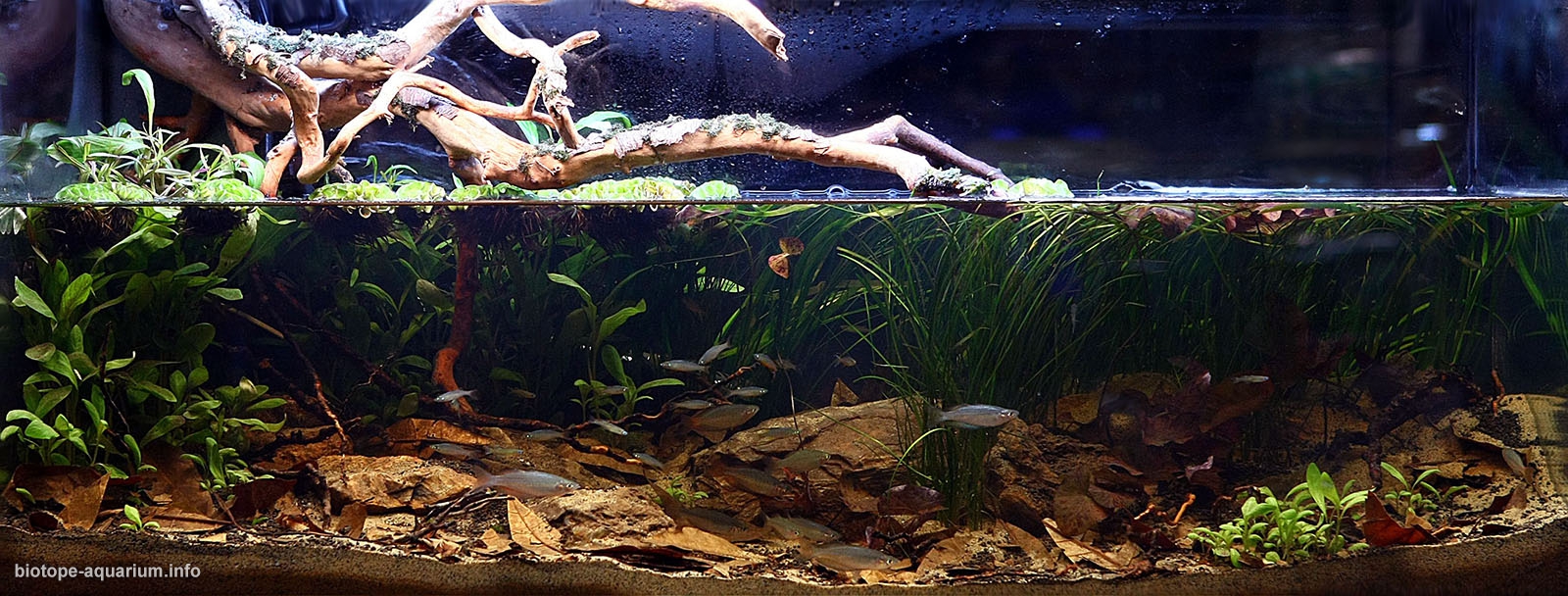
Volume: 180 L
List of fishes: Iriatherina werneri, Melanotaenia trifasciata, Pseudomugil gertrudae
List of plants: Blyxa aubertii, Hygrophila corymbosa angustifolia, Limnophila aromatica, Nymphaea stellata, Riccardia chamedryfolia, Salvinia natans, Vallisneria nana
Biotope description: Cape York peninsula is the largest unspoiled wild area in northern Australia and one of the last remaining ones on Earth. It has many swamplands with an extraordinary biodiversity of flora and fauna. The Jardine Complex with Jardine River is the largest wetland on the peninsula. Pseudomugil gertrudae and Iriatherina werneri are found in small creeks, swampy marshes and rainforest streams with a lot of plants, woody debris, leaf litter, and sandy or muddy bottom. Melanotaenia trifasciata occurs almost in every slow-moving water and clear river here. Dense vegetation protects these rainbowfishes from predators like Scleropages jardinii. This aquarium presents such place, small refuge for rainbowfish in wetlands around river Jardine.
Petra’s comment about the contest: This was my second time I participated in the JBL Biotope Aquarium Design Contest, as last year, I was overwhelmed by the good organization and positive energy bursting out of all the dear people who helped in the organization. As for the contest itself, there was a good choice of hardscape and plants, and JBL provided us all the tools necessary to arrange the aquaria. Research for this year’s Australian biotope once more had left me thinking about the danger of habitat lost, and made me even more eager to do the research as good as I could to recreate exact piece of nature. My fellow contestants were also very prepared and their work was remarkable, so I feel very proud to participate in this event this year. Hopefully it will not be the last time I will have a chance to see you in person again.
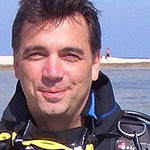
This Biotope and the African Biotope, designed by Svetlana, have been my favourites. Petra concentrated a bit more on details, even if they have not been evaluated for the “above water part”. I have been to many rivers in Australia and her aquarium really looks like the most beautiful ones! Well done – everything has been decorated perfectly.
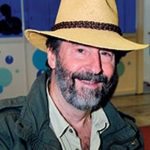
2nd place must be Biotope by Petra, because the description is nearly correct (no real swamps in the Cape York peninsula – only 1), but the habitat has mainly Nymphaea, where these fishes live and survive (they are the reason why I. werneri babies can grown feeding from its stems (detritus) and survive). The river has the worlds lowest pH with an average below pH 3 (I measured several time pH 2.4 to 2.7), and they can find no other nutrition, also the basin has pure fine white sand, and hardly any rocks. The decoration is very nice, but too many plants for this biotope.

For a wetland biotope I would imagine more marginal plants breaking through the water surface, as if seasonally flooded, instead of slightly stylised fully aquatic plants, floating plants, a bed of dead tree leaves and an overhanging branch. Without the marginal plants growing emerse I don’t think the lowered water level does much for the aquascape and I would have preferred the aquarium to be filled to a deeper water level. Knowing the activity levels of the larger rainbow fish I would also prefer more open water and room to swim long term. If filled to the top I would find it a more pleasing biotope and the fish would benefit from the extra space.

Petra Bašić created one of the most spectacular biotope-aquariums I’ve ever seen. One can really see how much love for the detail was put in her work. All plants and fish are in perfect condition, the ground looks like cutting off a part from nature to put into a aquarium. If you stand in front of the aquarium you get the feeling of diving in a small creek full of fishes that behave complete naturally. Having such aquarium at home will be a source of silence and joy for nature everytime you look at.
A breathtaking work. Very beautiful, with excellent natural print . The greatest sign are fishes swimming happily. Worthy to enjoy for hours !!! One of my favorites. Congratulations.
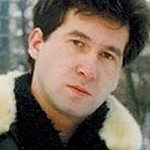
The aquarium was set up perfectly, but there are little shortcomings even here. For example, it is a uniform distribution of organics at the bottom. I did not understand places where the black coarse sand was. Where is it from? All the rest is correct.

A very nice biotope. Plants, fish and decorative elements are well combined and arranged in an optimal proportion. Congratulation on this beautiful creation!

Petra Bašić did an outstanding job in this biotope aquarium. I really liked the combination of benthic sediments used. The sand, rocks, and leaf litter seem to blend together, just like in nature. The green aquatic plants in the background break the monotonous monochrome in the front and makes the whole setup come to life. The whole tank, from one end to the other, has that “busy river look” which can let you observe an aquarium for hours and always find something new. I love it!
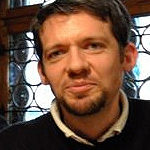
Outstanding in all respects, there has been great attention to detail in this superb biotope. The impression at first glance conveys the rough, unpolished look of genuine wild habitats. All plants are biotope-correct, arranged as their growth patterns would dictate in nature, and the grassy area is especially well done – it looks like it has been growing there for years, with the blades trailing along the surface. The slightly chaotic look of the sand, gravel, leaves, and trigs is precisely what one finds in the wild: scattered, but sorted by the flow of the river. The stones really seem to be the protruding edges large, buried rock eroding out of the river bed. Having a lower water level allows a different view of a very shallow zone of the bank, with overhanging branches dipping into the water. All fish look right at home in their natural habitat.
